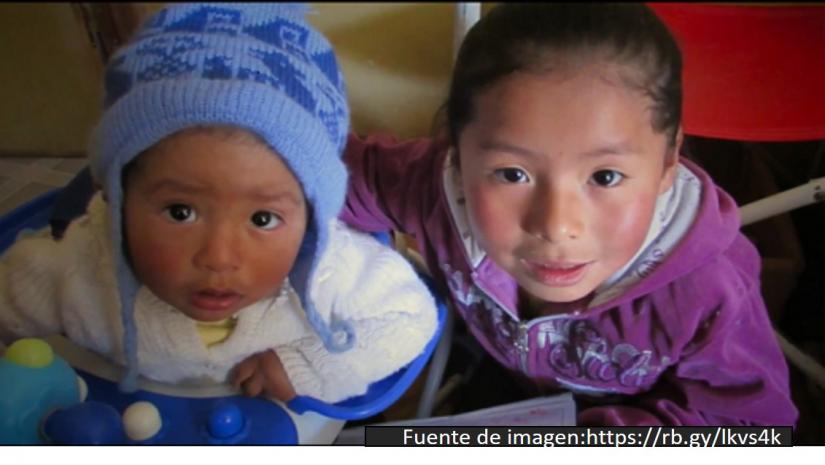Programa de Mejoramiento Nutricional (Nutritional Improvement Program)
When it comes to improving nutrition in Latin America and the Caribbean, we should be creative in addressing both of the two aspects of the problem: chronic and acute malnutrition, and overweight and obese children. This program in Bolivia addressed this complex challenge by building on two main factors of innovation. The first is that the evaluation mechanisms facilitated a timely diagnostic of the effectiveness of the program, allowing for the implementation of improvements during the first phase of the intervention The second factor is that, in the second phase, the program designers were creative and sensitive in terms of how messages were transmitted to caregivers. The designers created a cognitive and socio-emotional link through the use of puppets, theater, games, and other resources adapted to the cultural and social environment of the households, in that way connecting the messages with the emotions of the caregivers.
Problematic
Chronic and acute malnutrition during the first years of life has long-term consequences, becoming a risk factor that impedes those who suffer from it from reaching their full cognitive potential and that can threaten the very survival of children. To combat childhood malnutrition, the government of Bolivia implemented a project between 2008 and 2011 to monitor the growth of children under 2 years of age in a particularly vulnerable district in the city of El Alto. In addition to carrying out weight and height monitoring during household visits, the program provided counseling on nutrition and hygiene to parents and caregivers, along with cooking workshops to complement the provision of micronutrients and nutritional supplements through local health centers. However, this program had undesired effects on some child participants in the intervention in terms of being overweight. In addition, no changes were observed in nutritional status as measured by height be age and in the prevalence of chronic malnutrition.
Solution
When intentions are good, the efforts of interventions can be redirected towards more optimal ends. In this case, the aim was to correct problems that came up following implementation of the first phase of the child nutrition program in El Alto, Bolivia. The project was redesigned for its second phase that started in 2014. In phase II, the content of the nutritional counseling messages included details not only on what should be done to achieve good nutrition (increase consumption of products rich in iron), but also on what should not be done (continue high levels of consumption of sugars and oils). In addition, weight and height monitoring was delegated to health centers with the aim of avoiding the creation of incentives for parents to use weight as a way to show the progress of their children. Finally, the program introduced socio-educational methods based on play and creativity and adapted to the social context, particularly puppets, plays, and songs that used local characters and legends in order to communicate concepts of nutrition and hygiene in a more familiar way to parents and children.
Evaluation and Impact
A random assignment experiment was carried out to evaluate the impact of the program. The effectiveness of phase II on improving nutrition was evaluated in 2,000 families with a woman who was pregnant or with children under 12 years of age. These families were assigned either to a treatment group that received the project’s nutritional components or to a control group. Some results are concerning: no significant effects were found on anthropometric or hygiene indicators or on indicators of anemia. However, there are several pieces of good news: the main results of this evaluation indicate that caregivers increased their knowledge of child nutrition, their purchase of the recommended foods, and the diversity of their household diet. In addition, in this second phase no evidence was found of undesired effects of the intervention in terms of children being overweight or obese.
